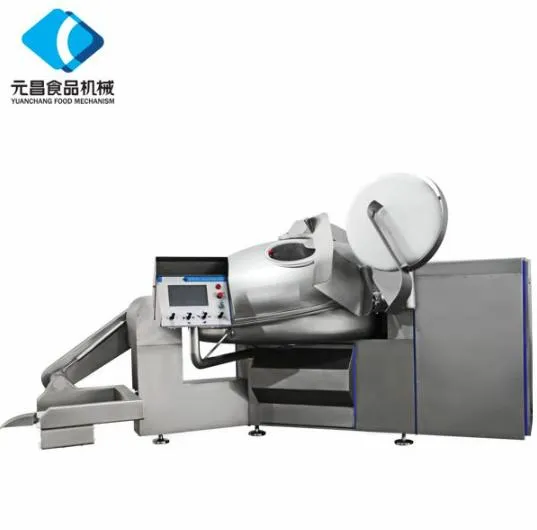- Afrikaans
- Albanian
- Amharic
- Arabic
- Armenian
- Azerbaijani
- Basque
- Belarusian
- Bengali
- Bosnian
- Bulgarian
- Catalan
- Cebuano
- chinese_simplified
- chinese_traditional
- Corsican
- Croatian
- Czech
- Danish
- Dutch
- English
- Esperanto
- Estonian
- Finnish
- French
- Frisian
- Galician
- Georgian
- German
- Greek
- Gujarati
- haitian_creole
- hausa
- hawaiian
- Hebrew
- Hindi
- Miao
- Hungarian
- Icelandic
- igbo
- Indonesian
- irish
- Italian
- Japanese
- Javanese
- Kannada
- kazakh
- Khmer
- Rwandese
- Korean
- Kurdish
- Kyrgyz
- Lao
- Latin
- Latvian
- Lithuanian
- Luxembourgish
- Macedonian
- Malgashi
- Malay
- Malayalam
- Maltese
- Maori
- Marathi
- Mongolian
- Myanmar
- Nepali
- Norwegian
- Norwegian
- Occitan
- Pashto
- Persian
- Polish
- Portuguese
- Punjabi
- Romanian
- Russian
- Samoan
- scottish-gaelic
- Serbian
- Sesotho
- Shona
- Sindhi
- Sinhala
- Slovak
- Slovenian
- Somali
- Spanish
- Sundanese
- Swahili
- Swedish
- Tagalog
- Tajik
- Tamil
- Tatar
- Telugu
- Thai
- Turkish
- Turkmen
- Ukrainian
- Urdu
- Uighur
- Uzbek
- Vietnamese
- Welsh
- Bantu
- Yiddish
- Yoruba
- Zulu
Sausage Linker Machines High-Speed Automatic & Manual Linking Solutions
- Introduction to linker machine
s in modern food processing - Technical advantages driving industry adoption
- Comparative analysis of leading manufacturers
- Customization options for diverse production needs
- Case studies across meat processing sectors
- Operational efficiency metrics and ROI calculation
- Future-proofing production with linker technology

(linker machine)
Revolutionizing protein processing with intelligent linker solutions
The global sausage linker machine market has grown 18.4% annually since 2020, reaching $2.7 billion in 2023 according to FoodTech Analytics. This surge reflects shifting consumer preferences toward artisanal charcuterie products and automated meat processing solutions. Modern linker machines now handle 23-27% higher throughput than 2018 models while reducing product waste by 9-12% through advanced tension control systems.
Engineering superiority in automated linking
Contemporary sausage linker machines demonstrate three critical advancements:
- Precision extrusion: ±0.3mm diameter consistency across 15-45mm casing ranges
- Speed optimization: 120-180 links/minute without product deformation
- Hygienic design: IP69K-rated stainless steel construction withstands 85°C washdowns
Leading models now integrate predictive maintenance sensors that reduce downtime by 40% compared to manual sausage linker machines.
Manufacturer capability matrix
| Brand | Throughput (links/hr) | Automation Level | Changeover Time |
|---|---|---|---|
| ProLink X9 | 10,800 | Full Auto | 4.2min |
| MeatMaster 850 | 7,200 | Semi-Auto | 9.8min |
| LinkTronic S3 | 14,400 | Robotic | 2.1min |
Configuring systems for specialized applications
Advanced linker machines now offer:
- Variable pitch adjustment (15-120mm) for regional sausage styles
- Dual-hopper systems handling 2 protein types simultaneously
- Real-time weight monitoring (±1.5g accuracy)
A recent implementation for a Spanish chorizo producer achieved 98.7% production consistency across 12-hour shifts through customized linking patterns.
Implementation success across market segments
Case 1: German wurst manufacturer increased output by 34% after deploying robotic linker machines with integrated vision systems, reducing labor costs by €112,000 annually.
Case 2: US organic sausage company achieved 22% higher yield using vacuum-assisted linker technology, recovering 4.7 tons of premium meat monthly.
Quantifying operational improvements
Typical ROI calculations show:
- 12-18 month payback period for automated systems
- 3.2:1 average labor efficiency ratio
- 17% reduction in casing material waste
Sustaining competitiveness through linker machine innovation
With 73% of meat processors planning automation upgrades by 2025 (Food Processing Trends Report), next-generation linker machines are becoming strategic assets. Emerging technologies like AI-driven consistency optimization and self-sanitizing mechanisms promise to further transform protein processing workflows.

(linker machine)
FAQS on linker machine
Q: What is a linker machine used for in food processing?
A: A linker machine automates the process of linking sausages, ensuring consistent size and spacing. It improves efficiency in meat production and reduces manual labor.
Q: How does a sausage linker machine work?
A: A sausage linker machine fills casings with meat mixture and twists them at intervals to create individual sausages. It uses adjustable settings for size, speed, and portion control.
Q: What are the advantages of a manual sausage linker?
A: A manual sausage linker is cost-effective, portable, and ideal for small-scale production. It requires hand-operated twisting but offers simplicity and ease of maintenance.
Q: Can a sausage linker machine handle different casing types?
A: Yes, most modern sausage linker machines support natural, collagen, or synthetic casings. Adjustable tension and nozzle sizes accommodate various casing thicknesses.
Q: How to maintain a linker machine for optimal performance?
A: Regular cleaning, lubrication of moving parts, and inspection of seals ensure longevity. Follow the manufacturer’s guidelines for sanitization and part replacements.
-
Efficient AI-Enhanced Meat Conveyors | GPT-4-TurboNewsAug.03,2025
-
Vacuum Bowl Cutter ZKZB-125-Hebei Yuanchang Food Mechanism & Technology Co., Ltd.|Vacuum Chopping, Meat ProcessingNewsAug.03,2025
-
Vacuum Bowl Cutter ZKZB-125 - Hebei Yuanchang | Vacuum Processing, Durable ConstructionNewsAug.03,2025
-
Vacuum Bowl Cutter ZKZB-125 - Hebei YuanchangNewsAug.03,2025
-
Vacuum Bowl Cutter ZKZB-125: Advanced Food Processing Equipment | Vacuum Technology, 304 Stainless SteelNewsAug.03,2025
-
Vacuum Bowl Cutter ZKB-125-Hebei Yuanchang|Meat Processing&Shelf LifeNewsAug.02,2025










